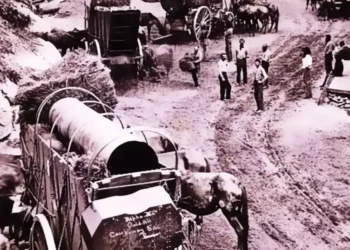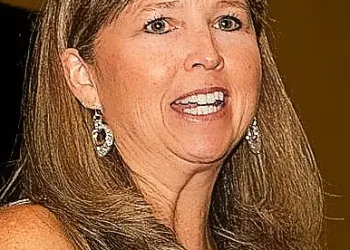By Cris Alarcon, InEDC Writer. (June 2, 2025)
PLACERVILLE, Calif. — In the Sierra Foothills of El Dorado County, Edio Vineyards is taking a bold step to modernize an aging institution: the traditional wine club. Faced with changing consumer expectations and shifting generational values, the family-run winery is launching a flexible membership model aimed squarely at Millennials and Gen Z.
Instead of fixed quarterly shipments, Edio now offers a “member account” where customers pay a monthly fee—starting at $39—that builds over time and can be redeemed whenever they choose. Whether it’s for wine, cider, food, or even goods from the on-site bakery, the funds never expire, giving members full control.
“Being in the wine industry for a while now, I have felt and learned that the traditional wine club system is a little archaic,” said Christine Noonan, co-owner and general manager. “It’s dated. Consumers don’t want to be forced to take certain wines and are more interested in customizing.”
This generational shift is echoed in industry data. According to the 2024 Silicon Valley Bank Direct-to-Consumer Wine Survey, 19% of wine club members canceled their memberships last year. Meanwhile, nearly half of all wineries surveyed don’t track churn, placing them at risk of falling out of step with modern consumers. Notably, the average age of a traditional club member is 59, with most earning high incomes and many already retired.
Edio’s model was born out of both frustration and opportunity. “We don’t like calling it a ‘subscription club’ because it’s so much more than that,” Noonan explained. “Subscriptions can be shady—they keep charging people without them even realizing it. We wanted to remove that anxiety.”
Flexibility is now central to the experience. Members can visit once a year or multiple times, spending accrued funds on what they want, when they want. The system mimics a digital wallet more than a club, removing pressure while still ensuring reliable income for the winery.
“For larger wine brands, moving away from fixed shipments makes forecasting more difficult,” said Noonan. “But with our model, we release products on a first-come, first-served basis. When something sells out, that’s it.”
The changes have led to measurable success. According to Noonan, cancellation rates have dropped, and retention has improved. “Customers love the customization and the manageable monthly payments,” she said.
For Edio Vineyards, the gamble appears to be paying off. While many wineries are hesitant to overhaul decades-old systems, Edio’s success may serve as a case study in how to meet new consumer expectations without sacrificing stability.
As the wine industry continues to evolve, all eyes will be on El Dorado County to see whether this new model takes root statewide—or even nationally.










